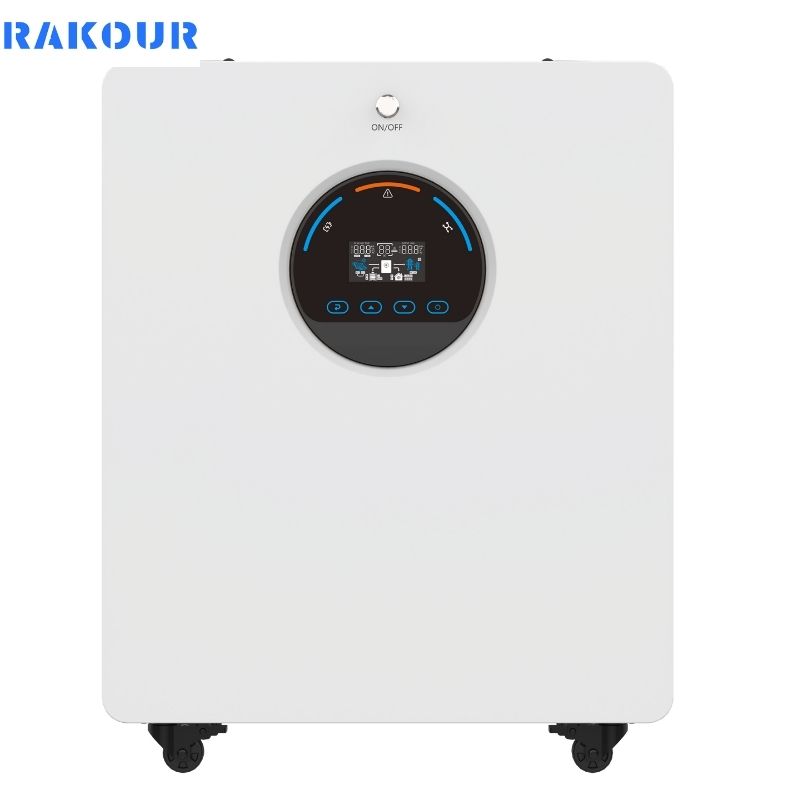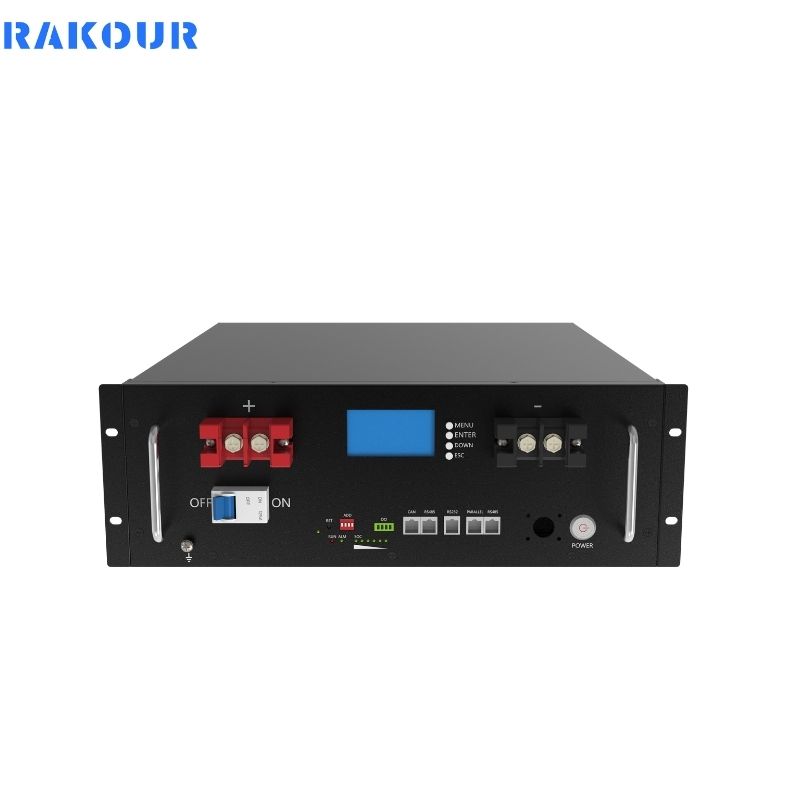What Size Lithium Battery for 12V Trolling Motor?

Selecting the right lithium battery for a 12V trolling motor requires careful consideration of factors such as motor thrust, desired runtime, and specific capacity needs. This guide explores the various battery sizes and capacities suitable for different trolling motor applications, helping anglers and boaters make informed decisions for optimal performance on the water.
Guide to LiFePO4 Voltage Chart

This comprehensive guide explores the LiFePO4 voltage chart, detailing the chemistry, performance, and applications of 48V LiFePO4 batteries. Gain insights into optimizing battery life, troubleshooting common issues, and comparing technologies for informed decision-making.
Why is a 48V lithium battery more suitable for home battery backup systems?

This article explores the advantages of using a 48V lithium battery, specifically LiFePO4, for home battery backup systems. It discusses energy efficiency, safety, and long-term savings, making it an ideal choice for residential energy storage solutions.
Is the LiFePO4 battery better than lithium?

This article explores the comparative advantages of LiFePO4 batteries over traditional lithium-ion batteries. It examines performance, safety, cost, and applications, providing insights for consumers and businesses considering battery options.
What percentage is a 48V LiFePO4 battery?

This article explores the percentage of charge in 48V LiFePO4 batteries, detailing how to measure capacity, factors affecting performance, and best practices for maintenance. It also discusses future trends in this battery technology, ensuring optimal usage and longevity.
What are the disadvantages of LiFePO4 batteries?

This article explores the disadvantages of LiFePO4 batteries, including performance limitations, cost implications, lifecycle concerns, safety issues, and specific challenges related to 48V systems. Understanding these factors is crucial for informed decision-making in energy storage.
What is the capacity of a 48V lithium-ion battery?

This article explores the capacity of 48V lithium-ion batteries, focusing on their specifications, advantages, and the role of LiFePO4 chemistry. It provides insights into real-world applications, maintenance practices, and future trends in battery technology, ensuring readers understand how to choose and optimize these batteries for their needs.
Understanding LiFePO4 Lithium Battery Chemistry

This article delves into the chemistry of LiFePO4 lithium batteries, exploring their composition, performance, environmental impact, and market dynamics. Discover how LiFePO4 technology stands out in energy storage solutions, emphasizing safety, longevity, and sustainability.
What Makes LFP Batteries Unique?

Lithium Iron Phosphate (LFP) batteries offer unique benefits, including enhanced safety, longevity, and cost-effectiveness. This article explores their distinctive features, applications, and future trends, highlighting their role in energy storage and sustainability.
The Future of LiFePO4 Lithium Battery

The article explores the future of LiFePO4 lithium batteries, highlighting technological advancements, applications across industries, and their environmental impact. It also examines market trends, challenges, and the vital role these batteries play in energy transition, providing insights into their potential for sustainable energy solutions.
LFP Batteries: The Future of Energy Storage

LFP batteries, known for their safety, longevity, and environmental benefits, are revolutionizing energy storage. This article explores their significance, market trends, applications, and innovations shaping a sustainable energy future.
LiFePO4 Lithium Battery Performance Tips

Explore essential tips for enhancing the performance and longevity of LiFePO4 lithium batteries. This comprehensive guide covers technology insights, maintenance practices, and troubleshooting strategies to maximize efficiency and reliability.











